British researchers have reported a window electrode based on an ultra-thin bilayer of copper and amorphous tungsten sub-oxide.
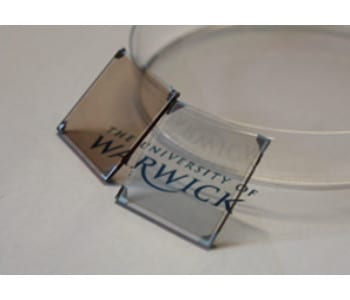


British researchers have reported a window electrode based on an ultra-thin bilayer of copper and amorphous tungsten sub-oxide.
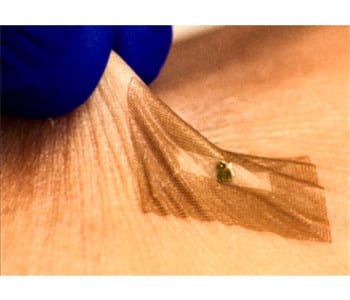
Unusual materials and design strategies enable NFC technology to be embedded into electronic systems that are ultrathin, soft and stretchable, like skin.
Wiley seeks assistant editor for polymer journals portfolio.
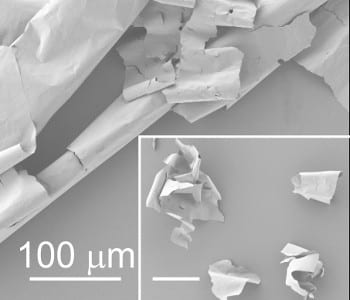
A German research team have fabricated magneto-electronics that fulfill the performance and processing requirements for consumer electronics.
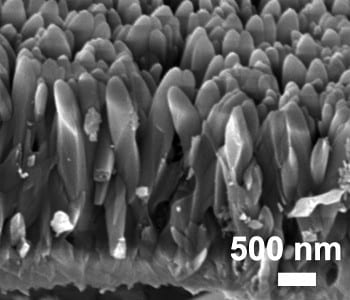
Densely aligned SrTiO3-modified rutile TiO2 heterojunction photocatalysts have been crafted by a Chinese/American collaboration.
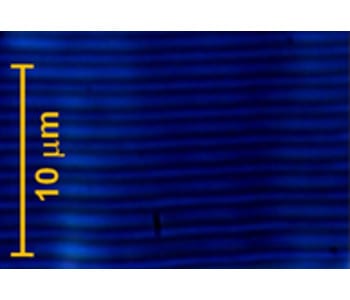
Researchers demonstrate that beam steering using self-organized cholesteric liquid crystals containing a light-driven chiral molecular switch.
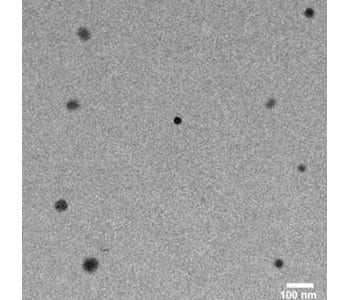
PDI-based organic nanomaterials have been successful developed and used for detection of deep human glioblastoma in mice models using photoacoustic imaging.
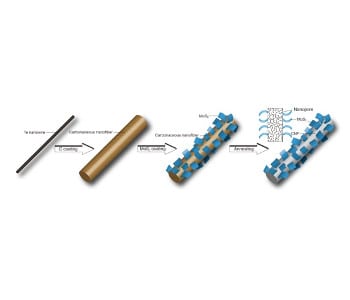
Shu-Hong Yu and his team have developed a method to construct kinetically stable anode materials for high-energy applications.
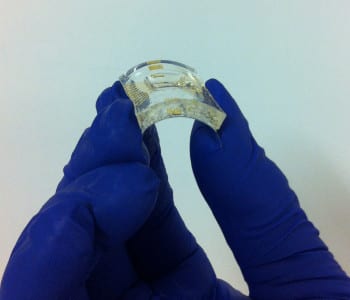
Researchers have created a low-cost, flexible bioelectronic device based on PEDOT:PSS, which they used for monitoring action potentials from cell tissues.
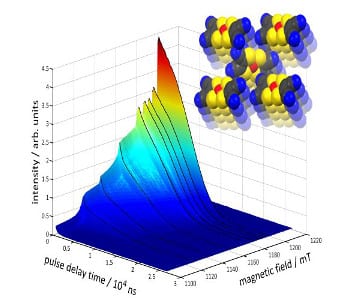
Joris van Slageren´s research group discovers molecular quantum bit with exceptionally long coherence time over an unusually wide temperature range.